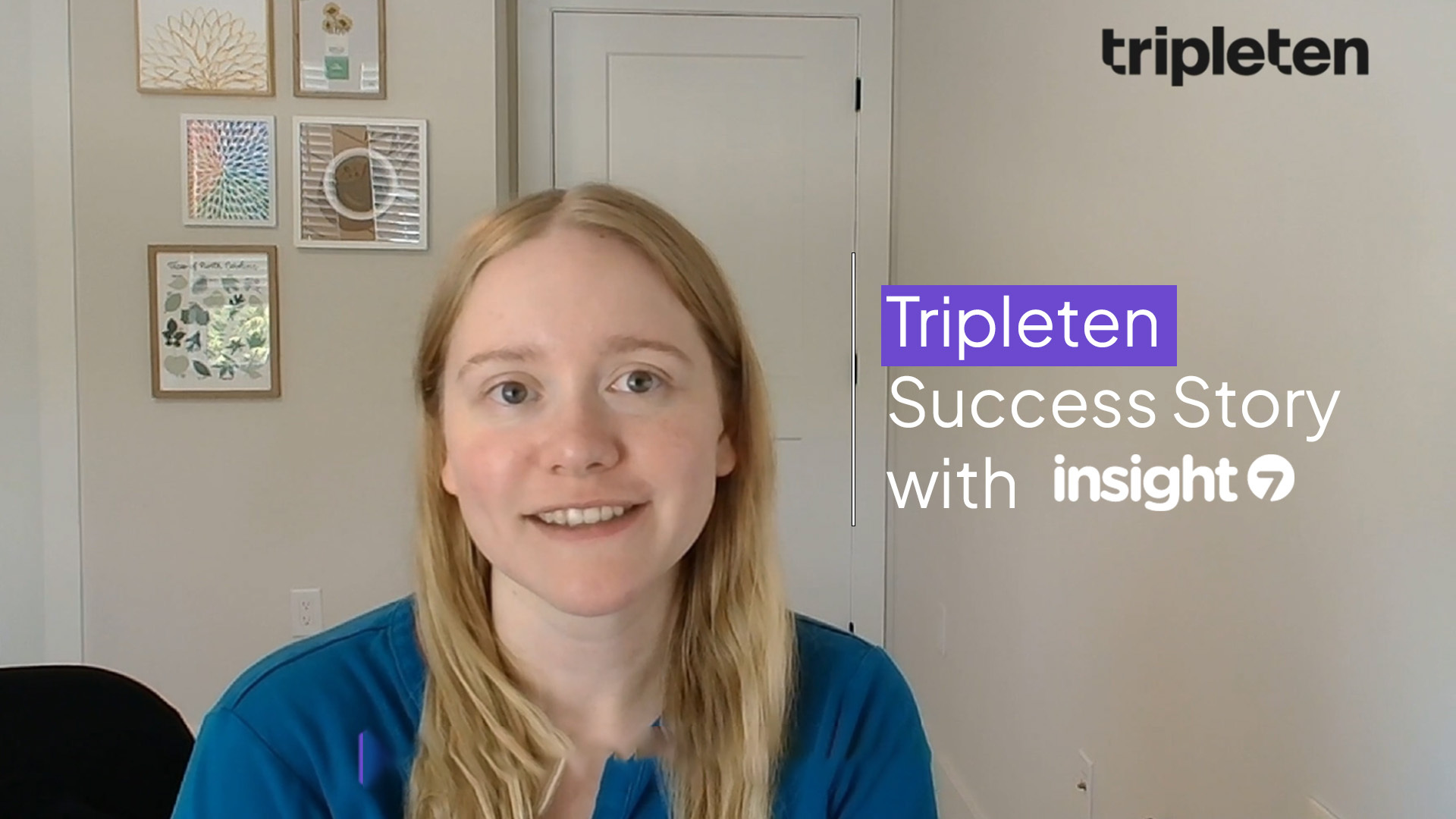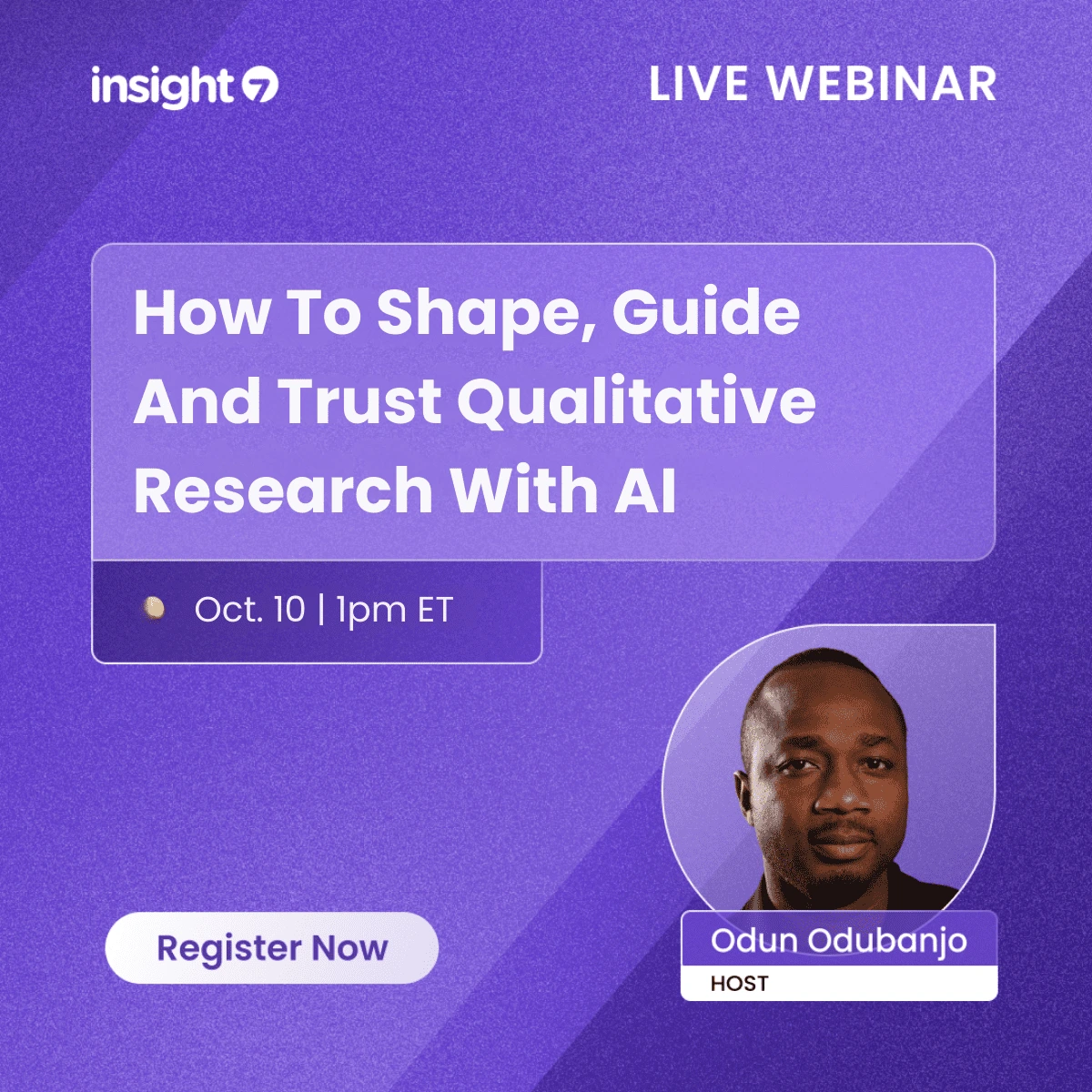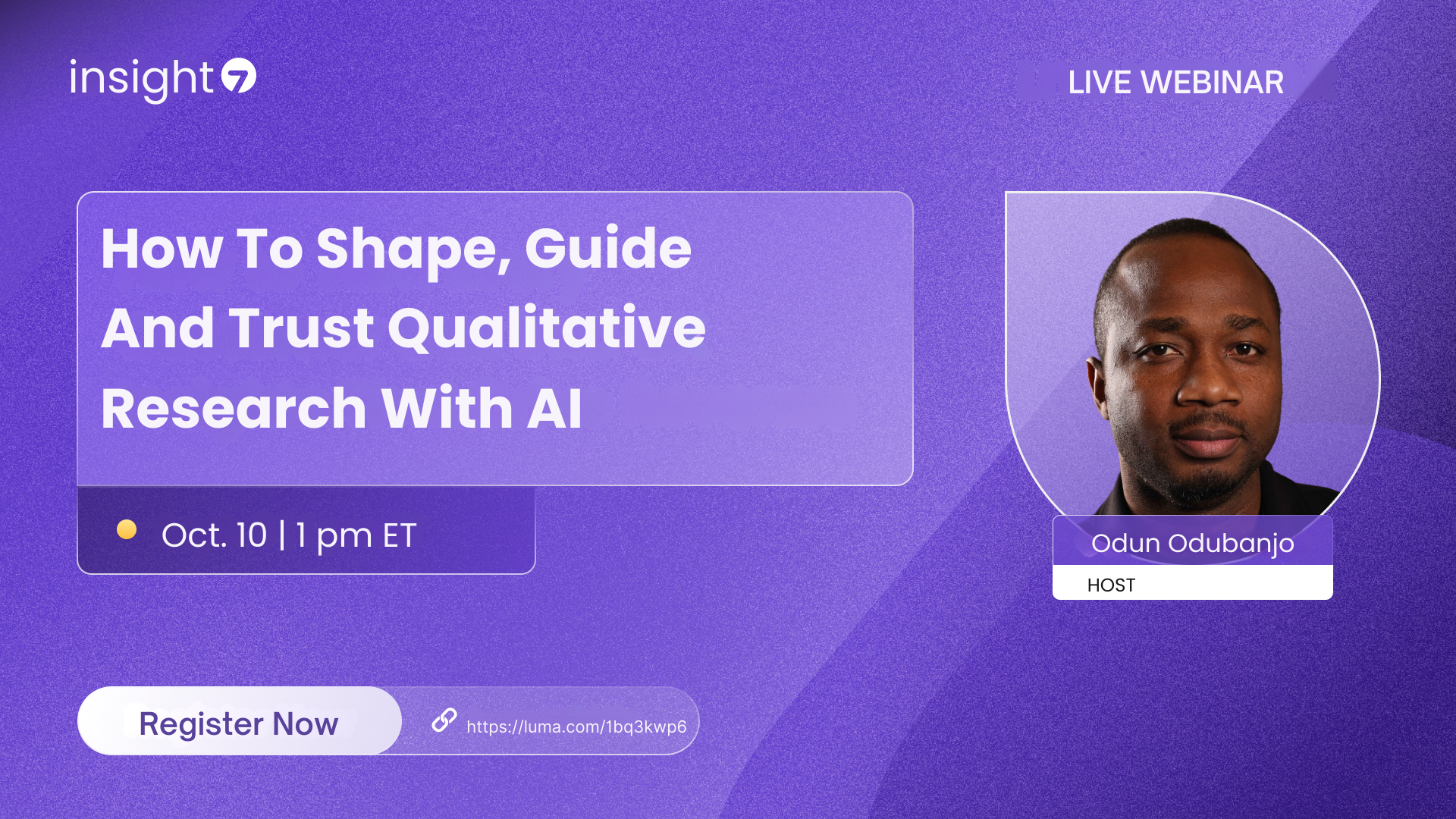How to Analyze User Interviews to Inform Product Design Decisions
-
Bella Williams
- 10 min read
User Interview Insights are fundamental for shaping successful product design. They bridge the gap between users' needs and product development. Conducting user interviews provides a wealth of qualitative data about user behaviors, preferences, and pain points. This critical information guides designers in creating solutions that resonate with target audiences, ensuring products meet actual user expectations.
Effective analysis of these insights requires more than just gathering data. It involves identifying patterns and themes that emerge throughout the conversations. By synthesizing these findings, teams can make informed design decisions that not only enhance user experience but also align with business goals. Understanding User Interview Insights empowers product designers to make choices grounded in genuine user feedback, ultimately leading to more effective and user-friendly products.
Analyze & Evaluate Calls. At Scale.

Extracting User Interview Insights
To extract user interview insights effectively, it’s crucial to follow a systematic approach that prioritizes clarity and organization. Begin by transcribing the interviews accurately, ensuring that you capture every detail. This initial step allows you to organize the raw data in a meaningful way, making it easier to reference later. Employing tools designed for transcription can streamline this process, saving time and effort.
Once the data is organized, the next step is to analyze the content for patterns and themes. Look for recurring ideas and sentiments expressed by participants. Group common responses together to unveil insights that can inform your product design. These insights help in understanding user needs and pain points, which are essential for making informed decisions. By maintaining a structured method of extracting user interview insights, you effectively bridge the gap between raw data and actionable design strategies.
The Importance of Clear Objectives
Clear objectives act as the foundation for effective user interviews. When you establish specific goals, the insights you gather become more targeted and relevant to your design decisions. For instance, if your aim is to improve product usability, you'll focus your questions on user experience, gathering valuable feedback that directly addresses usability challenges. This focused approach not only enhances the quality of insights but also ensures they align with your overall product strategy.
Additionally, well-defined objectives streamline the analysis process. Each insight can be assessed against your goals, making it easier to identify actionable themes. By structuring your interviews around clear objectives, you foster a better understanding of user needs and pain points. Ultimately, having defined objectives transforms user interview insights into a strategic tool that informs effective product design, enabling teams to make informed decisions backed by reliable data.
Steps to Conduct Effective Interviews
Effective interviews form the core of gathering user interview insights that inform product design decisions. Start by preparing a structured set of questions. This will guide the conversation and ensure you cover essential topics. Tailor your questions to align with the objectives of your research. Additionally, creating an open atmosphere encourages participants to share honest feedback without hesitation.
Next, choose your interview format—be it in-person or virtual. Each format has its advantages, so select one that suits your audience and context. Recording the interview, either through audio or video, allows for accurate data collection, making analysis easier later. Finally, prioritize active listening during the interview. This not only helps you follow up on interesting responses but also builds rapport with the interviewee, leading to richer insights that will contribute significantly to your product design process.
From Interview Data to Design Decisions
Transforming user interview data into actionable design decisions is a crucial part of product development. The process begins with extracting meaningful User Interview Insights that inform the design. Initially, you need to transcribe and organize the data meticulously. This ensures that no vital information is lost and sets the stage for deeper analysis. Utilize tools that can facilitate transcription, help in data organization, and speed up the data extraction process.
Once the data is organized, the next step is to identify patterns and themes. This involves analyzing the transcripts for recurring topics, user sentiments, and specific pain points users highlight. By grouping similar insights, you can discern trends that inform design changes or new features. Ultimately, these insights should guide your design decisions, ensuring they resonate with user needs and preferences, leading to a more user-centric product.
Extract insights from interviews, calls, surveys and reviews for insights in minutes
Analyzing User Interview Insights
Analyzing User Interview Insights begins with gathering clear, concise data that translates user experiences into meaningful patterns. The first step is transcription and data organization, which allows teams to convert raw interview dialogues into easily digestible formats. Using a transcription service can enhance accuracy, saving time and reducing the potential for human error. Organizing this data into a coherent structure lays the groundwork for effective analysis and facilitates deeper dives into the user experience.
Next, identifying patterns and themes is crucial in turning insights into actionable strategies. By systematically coding responses and looking for recurring sentiments, you can unveil trends that highlight user needs and pain points. This process not only informs design decisions but also ensures that the product evolves in alignment with user expectations. Ultimately, these insights serve as valuable markers that guide product development, leading to innovative solutions tailored to improve user satisfaction and engagement.
- Transcription and Data Organization
Transcribing user interviews is crucial for extracting valuable insights that inform product design decisions. This process begins with converting audio or video recordings into written text, enabling easier analysis of responses. Once transcribed, it’s essential to organize the data systematically, grouping related interviews and categorizing insights. This organization allows for efficient exploration of themes, recurring issues, and unique perspectives gleaned from users.
After establishing a solid transcription and data organization framework, the next step involves thoroughly analyzing the transcriptions. By assessing individual interviews alongside the collective data, patterns and themes will emerge. This organized approach to transcription not only facilitates deeper understanding but also ensures that the insights generated can directly inform practical design choices. Ultimately, clear transcription and thoughtful organization will enhance your ability to transform user feedback into actionable product improvements.
- Identifying Patterns and Themes
Identifying patterns and themes is crucial in analyzing user interview insights effectively. After gathering qualitative data, the next step involves examining it for recurring ideas and sentiments. Begin by coding your data, which means assigning labels or tags to specific segments. This process helps in categorizing the insights into manageable groups. For instance, you might create tags for challenges, needs, or desires expressed by participants.
Once you have defined your categories, look for connections between them. Group similar insights to form overarching themes, which can illuminate essential aspects of user experiences. This thematic analysis not only aids in understanding user motivations but also guides the design process. For example, if multiple users express a desire for better collaboration tools, this theme can inform product enhancements. By mapping these insights to your design goals, you ensure that user feedback directly influences product decisions. Thus, identifying patterns and themes transforms raw interview data into actionable design strategies.
Tools to Assist in Analysis
Analyzing user interview insights effectively requires the right tools to streamline the process. There are several tools available to assist analysts in extracting meaningful data from interviews. Each tool simplifies different aspects of analysis, ensuring that important insights are not overlooked. For instance, some platforms specialize in transcription and organization, converting raw discussions into structured formats. Others focus on theme identification, clustering responses into relevant categories for easier navigation.
When choosing tools, consider the specific needs of your analysis. Some tools offer unique features such as sentiment analysis, which can provide additional depth to understanding user emotions. Others may include libraries of themes and tags that can be customized for your specific interview topics. By leveraging these tools, you can transform user interview insights into actionable recommendations that directly inform product design decisions, ultimately enhancing the overall user experience.
insight7
Once user interviews are conducted, the next essential step is to analyze the gathered insights effectively. User Interview Insights are critical for guiding product design decisions, as they reveal real user needs and preferences. Begin by transcribing and organizing the data to ensure clarity. This step allows for easy access to specific comments or feedback during the analysis process.
After organizing the data, the focus should shift to identifying patterns and themes. Look for recurring topics, issues, or sentiments that emerge from the interviews. These patterns will provide a deeper understanding of user experiences and challenges. By synthesizing the findings, teams can formulate actionable design recommendations that cater to user needs. Continuously revisiting these insights throughout the design process ensures that products align with user expectations, leading to a more successful outcome.
Dovetail
Dovetail offers a streamlined approach to analyzing user interviews, emphasizing the extraction of valuable insights that can inform design decisions. By utilizing this tool, teams can efficiently collect, organize, and analyze qualitative data from user interviews. A key aspect of Dovetail is its ability to identify trends, patterns, and themes that emerge from user feedback, translating complex data into actionable insights.
To fully maximize Dovetail’s potential, users should follow several steps. First, ensure interviews are well-transcribed and that all data is accurately organized. Next, focus on identifying recurring themes that align with user needs and preferences. Finally, utilize visual aids and reports generated by Dovetail to communicate findings within the team. By effectively employing Dovetail, product teams can better understand user perspectives, making informed design choices based on user interview insights.
UserTesting
User Interview Insights play a crucial role in understanding user needs and preferences. UserTesting offers a platform where researchers can engage users to gather valuable insights that directly inform design decisions. By utilizing this tool, teams can efficiently conduct interviews to uncover user experiences and expectations.
In UserTesting, the process begins with carefully crafted questions that are designed to elicit detailed responses. Once interviews are conducted, the qualitative data can be efficiently organized and analyzed. Key themes and patterns emerge from this analysis, enabling product designers to make informed choices based on real user feedback. The iterative nature of this approach fosters a user-centric design process, ensuring that products meet actual user needs and desires. By harnessing insights from user interviews, teams can confidently refine their design strategies, ultimately enhancing user satisfaction.
Lookback
Lookback is an essential step in the user interview analysis process, focusing on how we can revisit recorded sessions to extract deeper insights. These insights are crucial for informing product design decisions, as they allow us to understand user behavior and preferences more deeply. By revisiting past interviews, teams can capture nuances that were initially overlooked during real-time discussions.
Additionally, leveraging tools like Lookback enables teams to review video and audio materials, facilitating easier identification of patterns and sentiments. This process not only enhances the understanding of user needs but also fosters a collaborative environment for design teams to align on findings. By integrating user interview insights with design strategies, product development can become more user-centric and informed. Thus, the Lookback process plays a vital role in creating products that resonate with users and meet their expectations effectively.
Conclusion: Harnessing User Interview Insights to Drive Design Choices
Harnessing User Interview Insights requires synthesizing valuable feedback into actionable design choices. Effective product design hinges on understanding user needs, preferences, and pain points revealed during interviews. By translating these insights into clear design directives, teams can align their products more closely with user expectations, enhancing overall satisfaction.
Incorporating User Interview Insights fosters a user-centered approach that improves both usability and functionality. This iterative process allows designers to adapt and evolve their solutions based on direct feedback, ensuring a more impactful and relevant product. In conclusion, prioritizing these insights not only drives design decisions but ultimately leads to successful product outcomes.







